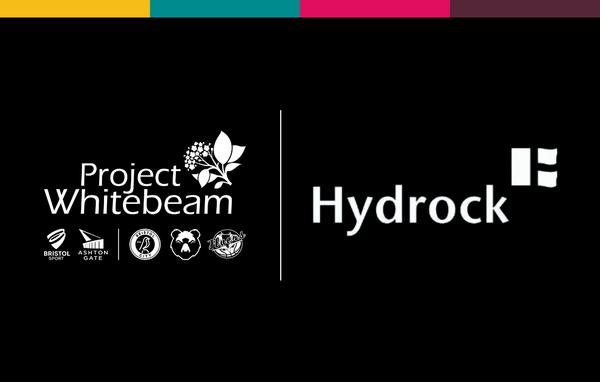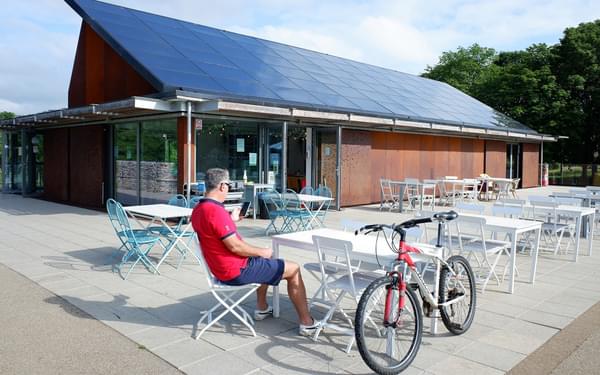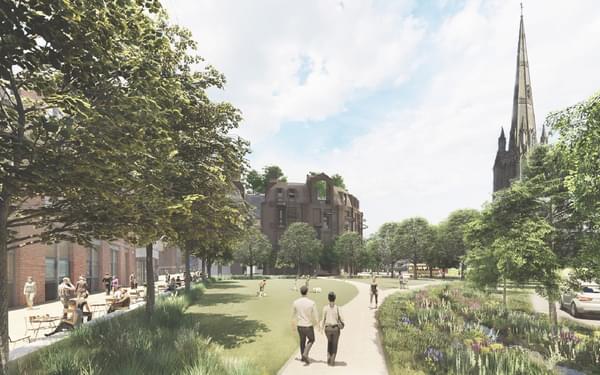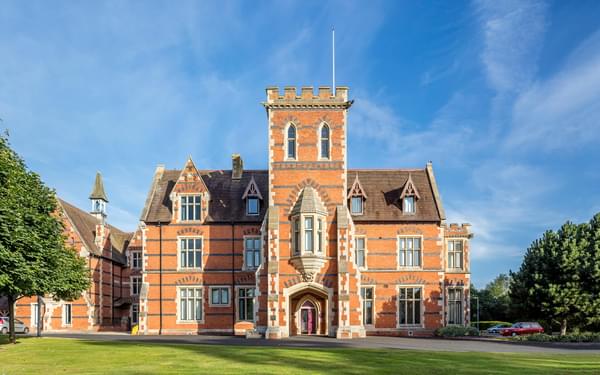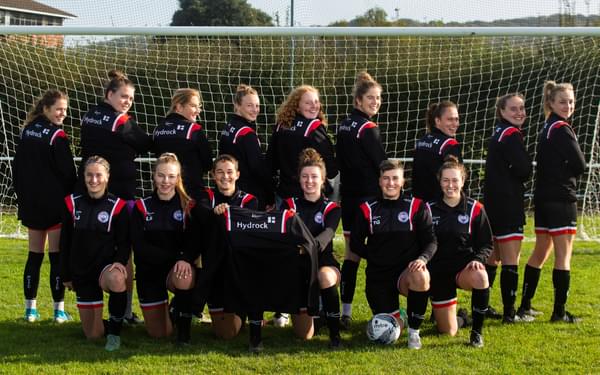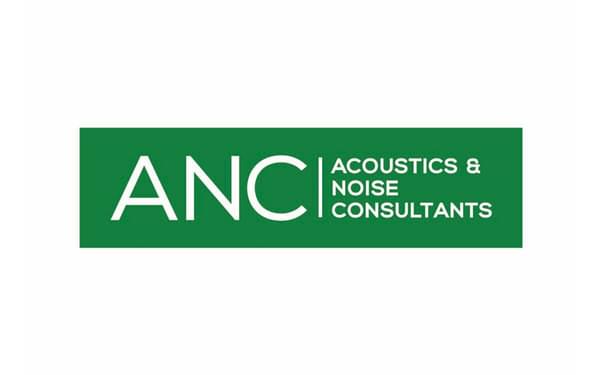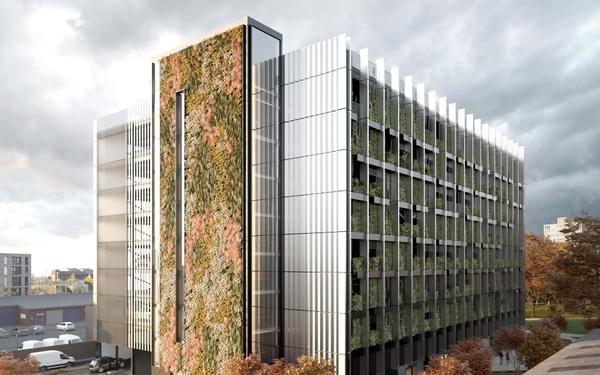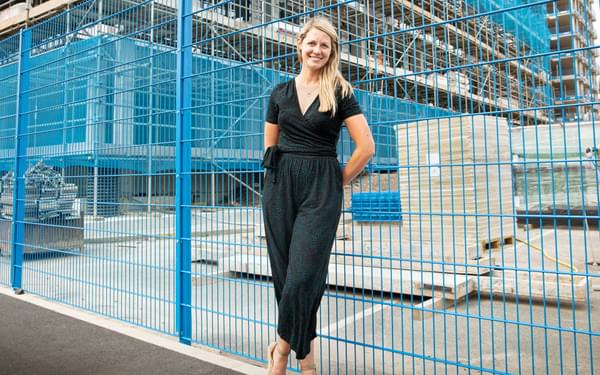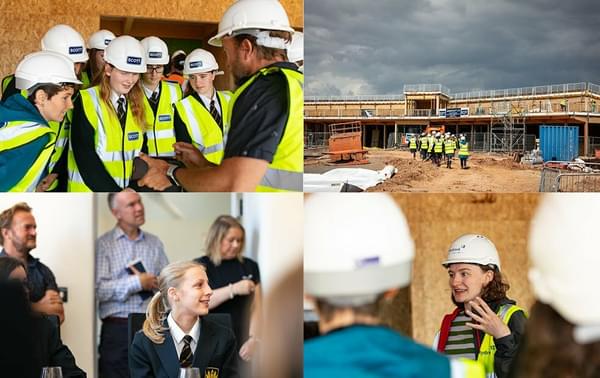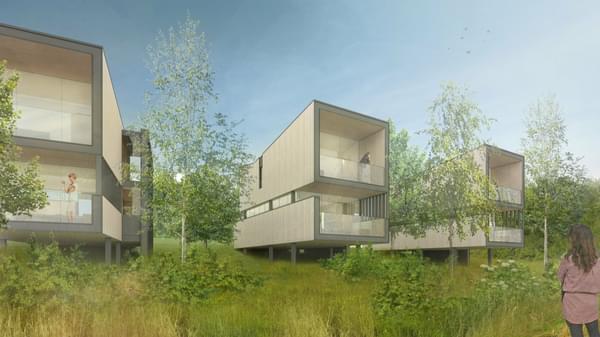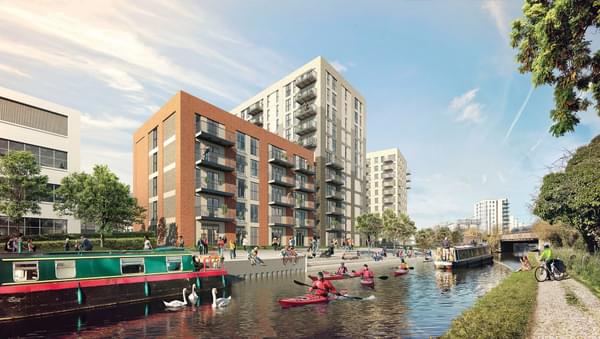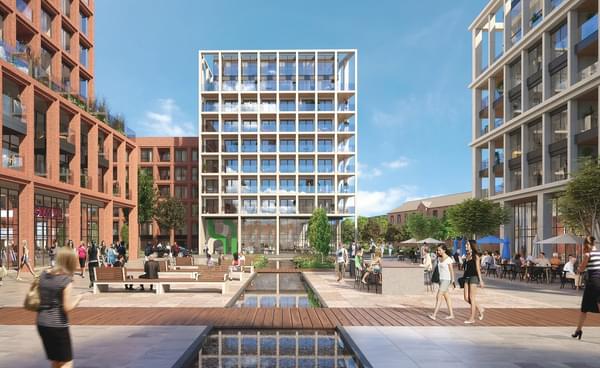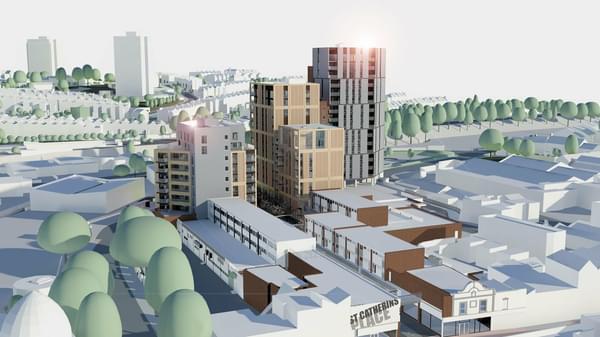
The story goes that the kings of Siam gifted white elephants to courtiers they disliked, ruining them with the financial burden that came with maintaining such a creature.
Nobody wants a white elephant.
The Private Rented Sector (PRS) - the building of large scale, urban apartment schemes for rent - is perhaps the most significant emerging asset class in the UK property market in recent times.
Whilst the development market (and hopefully the investment market) seem keen to commit to this new sector, it does bring with it a new set of challenges, risks and opportunities that need to be acknowledged to avoid the white elephant syndrome in years to come. Critically, in the world of design and engineering, these challenges are quite different to those of private sale residential development.
Engineers in the private sale residential sector - a mature market space - deliver value through simple capital cost reduction. PRS however, has a far more complex financial model based on the viability of a scheme. Put simply, the ever-increasing capital and income growth upon which PRS is predicated drops away if the block of flats you’ve built isn’t fully occupied for the next five, ten or even twenty years. It's a matter of commercial sustainability.
So, what is commercial sustainability and how do we achieve it? Some of the more pivotal factors in defining the commercial sustainability of a given, viable site include indirect factors such as tenant running costs, ease of operation (such as utility billing, leasing), sense of community, etc. The overarching driver, however, is the need to close the gap between gross and net income.
The role engineering plays in achieving this is often misunderstood. Complicated M&E systems which score highly in carbon accountancy metrics tend to come with a significant cost burden due to specialist service contracts, core management costs, sinking funds and financial incentives which benefit tenant not landlord.
In other building types these issues get mopped up by a service charge, but this isn’t true for PRS buildings and so core management costs get knocked straight off net income. To put this into context, say £100k/year in core management costs combined with purported investment yields of circa 4% suggests a £2.5 million reduction in an institutional investor’s valuation.
The well-trodden path of engineering solutions suited to private sale residential tends to lead developers in the wrong direction for PRS. With the vast majority of engineers being completely oblivious to this, the challenge of value creation - as opposed to simple cost reduction - is new territory, and it will be interesting to see how the industry responds.
More mature sectors such as student accommodation and even hotels have similar drivers and offer a valuable learning opportunity. We see the response to this challenge lying in an ever increasing effort to keep things simple and avoid getting drawn into complex, technology based solutions. This is the approach we use at Hydrock in our Building Performance Engineering business.
Nobody wants a white elephant.
The Private Rented Sector (PRS) - the building of large scale, urban apartment schemes for rent - is perhaps the most significant emerging asset class in the UK property market in recent times.
Whilst the development market (and hopefully the investment market) seem keen to commit to this new sector, it does bring with it a new set of challenges, risks and opportunities that need to be acknowledged to avoid the white elephant syndrome in years to come. Critically, in the world of design and engineering, these challenges are quite different to those of private sale residential development.
Engineers in the private sale residential sector - a mature market space - deliver value through simple capital cost reduction. PRS however, has a far more complex financial model based on the viability of a scheme. Put simply, the ever-increasing capital and income growth upon which PRS is predicated drops away if the block of flats you’ve built isn’t fully occupied for the next five, ten or even twenty years. It's a matter of commercial sustainability.
So, what is commercial sustainability and how do we achieve it? Some of the more pivotal factors in defining the commercial sustainability of a given, viable site include indirect factors such as tenant running costs, ease of operation (such as utility billing, leasing), sense of community, etc. The overarching driver, however, is the need to close the gap between gross and net income.
The role engineering plays in achieving this is often misunderstood. Complicated M&E systems which score highly in carbon accountancy metrics tend to come with a significant cost burden due to specialist service contracts, core management costs, sinking funds and financial incentives which benefit tenant not landlord.
In other building types these issues get mopped up by a service charge, but this isn’t true for PRS buildings and so core management costs get knocked straight off net income. To put this into context, say £100k/year in core management costs combined with purported investment yields of circa 4% suggests a £2.5 million reduction in an institutional investor’s valuation.
The well-trodden path of engineering solutions suited to private sale residential tends to lead developers in the wrong direction for PRS. With the vast majority of engineers being completely oblivious to this, the challenge of value creation - as opposed to simple cost reduction - is new territory, and it will be interesting to see how the industry responds.
More mature sectors such as student accommodation and even hotels have similar drivers and offer a valuable learning opportunity. We see the response to this challenge lying in an ever increasing effort to keep things simple and avoid getting drawn into complex, technology based solutions. This is the approach we use at Hydrock in our Building Performance Engineering business.
After all, nobody wants a white elephant.



